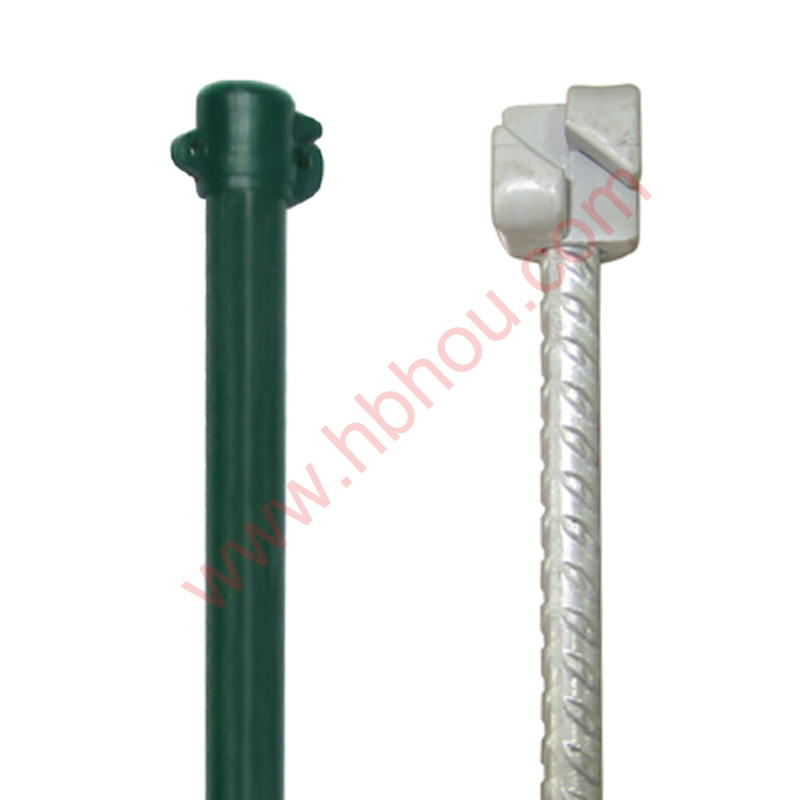Understanding Fence Post Types A Guide to Choosing the Right One for Your Needs
When it comes to building a fence, one of the most crucial components is the fence posts. These sturdy structures provide the necessary support and stability, ensuring that your fence stands the test of time. However, not all fence posts are created equal. Different types of fence posts serve various purposes and come in a range of materials, sizes, and designs. This article explores the various fence post types, their unique characteristics, and how to choose the right one for your fencing project.
1. Wood Fence Posts
Wood has traditionally been one of the most popular materials for fence posts. Wood posts, typically made from cedar, pine, or redwood, offer a natural aesthetic and blend well with outdoor environments. Cedar, in particular, is known for its resistance to decay and insect damage, making it a reliable choice for longevity.
However, wood posts require proper treatment to withstand exposure to the elements. They must be regularly stained or sealed to prevent rotting and splitting. Despite this maintenance, many homeowners opt for wood due to its charm and flexibility in design. Wood posts can easily be modified or painted, allowing for personalized customization.
Metal fence posts, often made from steel or aluminum, provide a more robust and durable option compared to wood. They resist rust (especially galvanized steel) and require minimal maintenance. Metal posts are commonly used in high-security fencing, agricultural fencing, and even residential settings where strength and durability are paramount.
One of the key advantages of metal fence posts is their ability to support heavier fencing materials, such as chain link or wrought iron. Additionally, their sleek, modern appearance makes them a popular choice for contemporary fencing designs. However, metal posts can be more expensive upfront compared to wood and may require specialized tools for installation.
3. Vinyl Fence Posts
fence post types

Vinyl fence posts are an increasingly popular choice due to their low maintenance and high durability. Made from PVC, these posts do not warp, rot, or require painting. They come in a variety of colors and styles, making it easy to find a vinyl post that complements your home’s aesthetic.
Vinyl posts are also resistant to UV rays, which helps maintain their color over time. However, they may not be as sturdy as metal posts, meaning they are better suited for light to moderate fencing projects. Installation can be straightforward, as vinyl posts often feature a simple interlocking design that speeds up the process.
4. Concrete Fence Posts
For maximum stability, concrete fence posts are hard to beat. These heavy-duty posts are ideal for situations requiring a solid and immovable structure, such as perimeter fencing or to withstand strong winds. Concrete posts can be used with various fence types, including chain link and wood panels.
While concrete offers incredible durability, there are some downsides. It is challenging to modify or adjust once installed, and the aesthetic may not appeal to all homeowners. Moreover, the installation process may require heavier equipment due to the weight of the concrete.
Choosing the Right Post
When selecting the appropriate fence post type, consider several factors
- Purpose Determine the primary function of your fence—whether for privacy, security, or decorative purposes—this will guide your material choice. - Aesthetic Think about how each type of post will look with your home and landscape. Wood offers a traditional look, while metal and vinyl provide a more modern appearance. - Budget Evaluate your budget, as upfront costs can vary significantly between materials. - Maintenance Consider how much time and effort you are willing to invest in upkeep. Vinyl and metal typically require less maintenance compared to wood. - Climate and Location The local climate can affect the longevity and performance of different materials.
In conclusion, understanding the different types of fence posts available will empower you to make an informed decision for your fencing project. By weighing the pros and cons of each option, you can select the best fence post type that aligns with your needs, preferences, and budget, ensuring your fence remains functional and appealing for years to come.
















